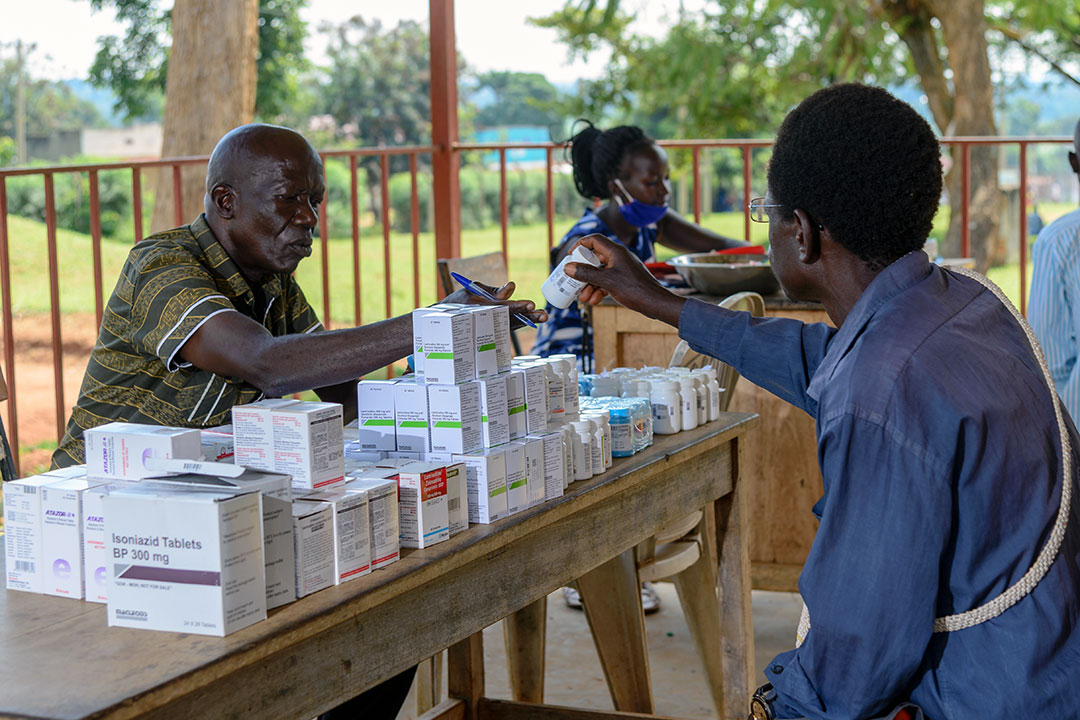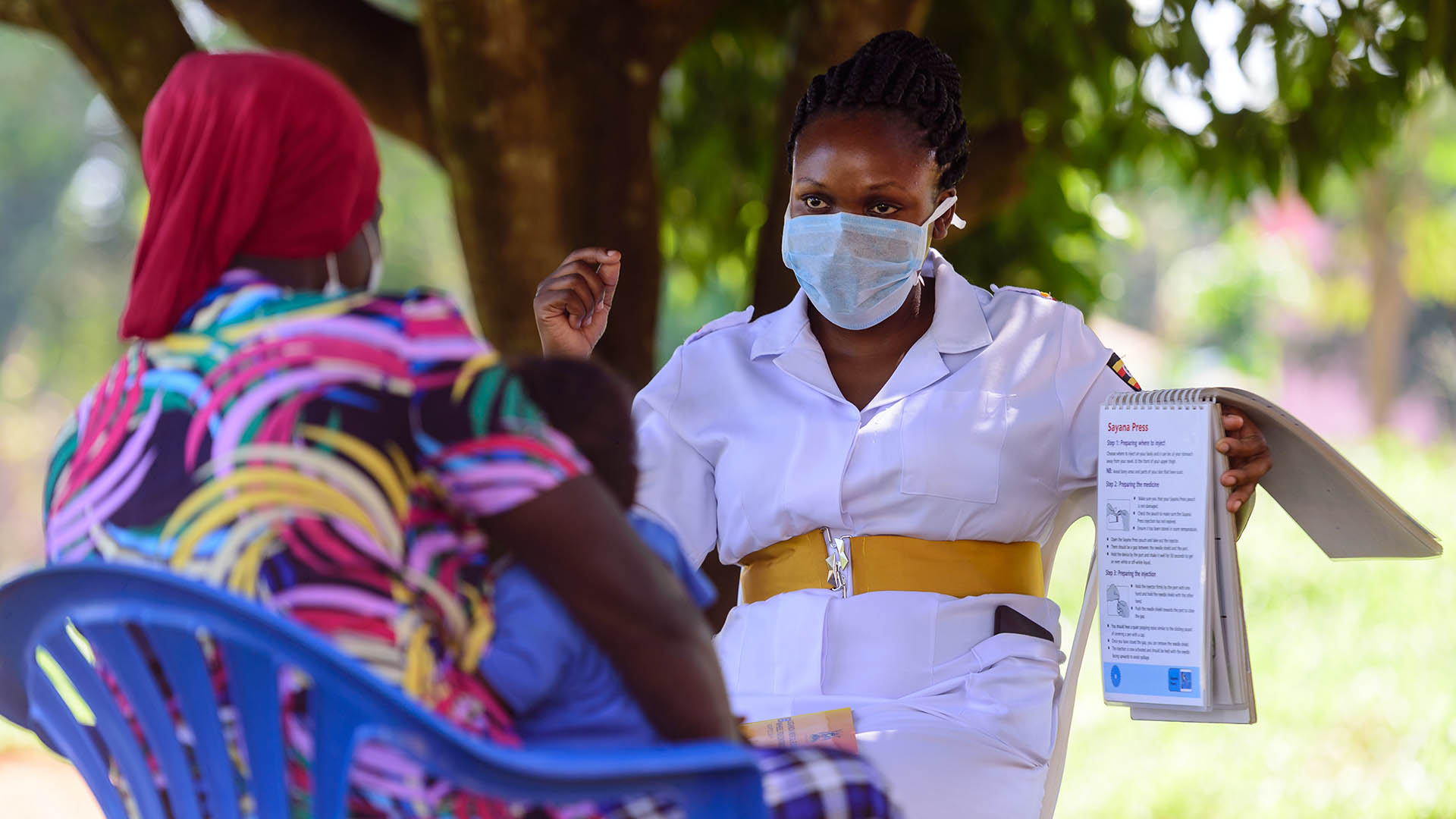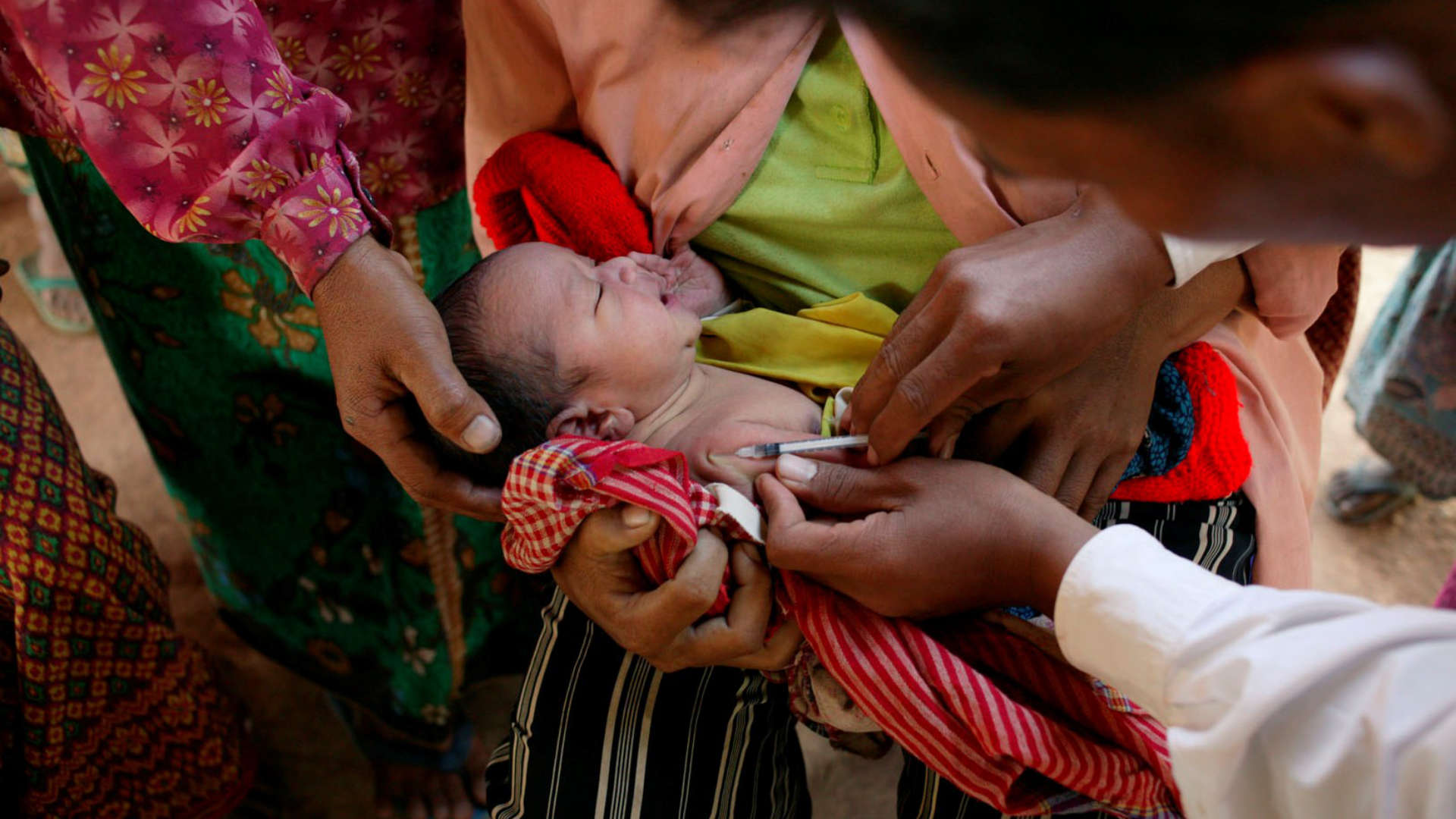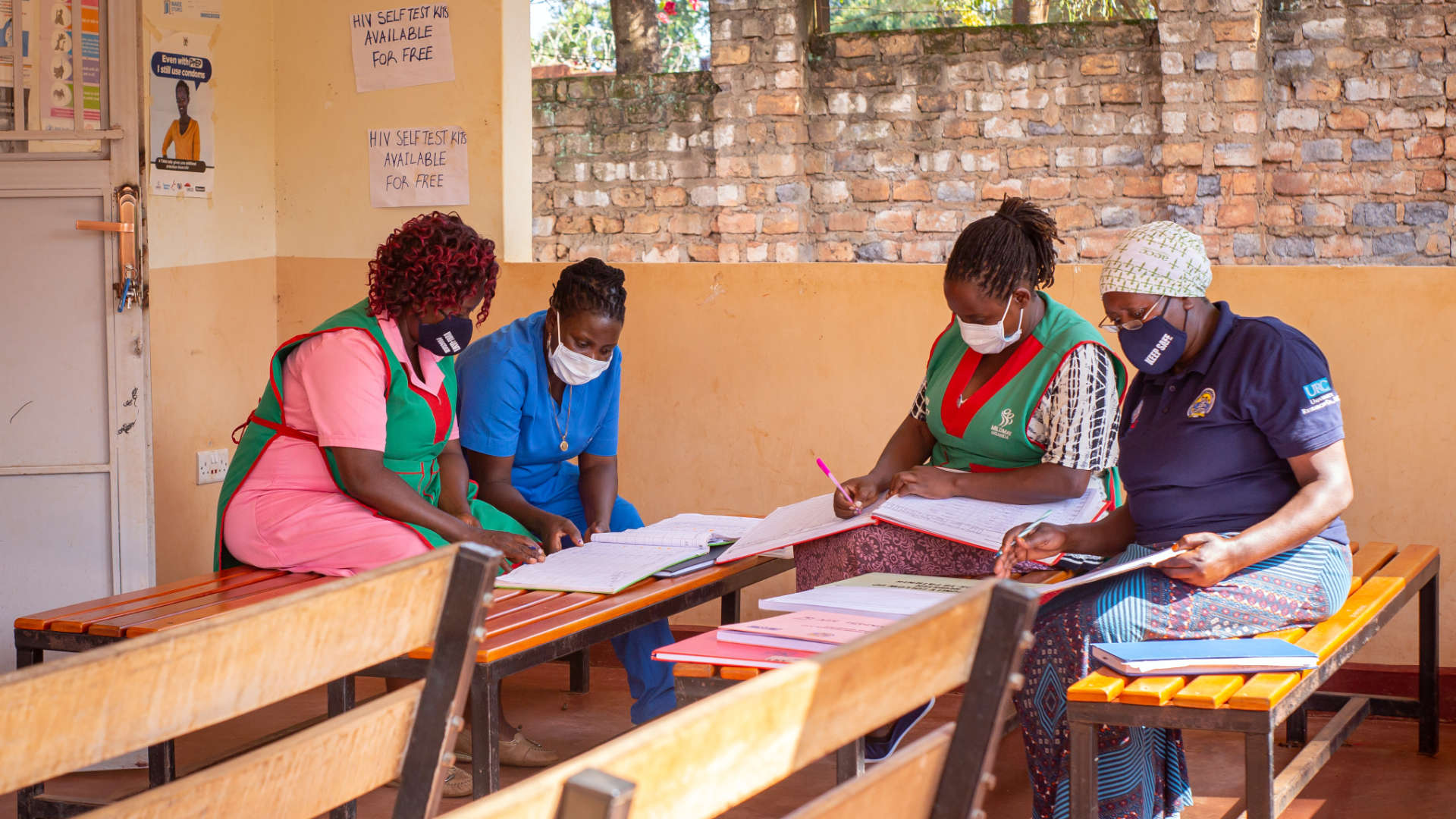James, a fisherman, and his wife Catherine both are HIV-positive and have consistently maintained a suppressed viral load. Their three children are HIV-negative. In Burada village, Namayingo District, eastern Uganda, they are considered a model family because of their willingness to share with others living with HIV how to adhere to treatment by keeping all medical appointments, taking HIV medicines daily, and living with HIV positively as a family.
Despite their good health, James and Catherine worried about contracting tuberculosis (TB), a major cause of death for people living with HIV. In July 2019, the health worker at Sigulu Health Centre III in Namayingo who provides the couple’s ART medications informed them that the Uganda Ministry of Health had introduced a short course of TB preventive therapy (TPT) to reduce the risk of developing TB. The couple decided to start the therapy and completed their six-month course of treatment in December 2019.
It was thus a surprise to receive a call from the health facility requesting they return to the facility to pick up medications to complete their treatment. The TPT register indicated James and Catherine had not taken some of their TPT prescriptions.
James informed the health worker that both he and his wife had indeed completed the full six-month regimen. The health worker reviewed their patient records, which confirmed that James was correct. The health facility had erred. A patient file audit revealed that a significant number of files of people living with HIV on TPT contained incorrect data, negatively impacting both patients and TPT completion rates for the facility.
Checking the Records
A district-level TB performance review meeting held in February 2020 indicated that suboptimal TPT completion rates were not only a challenge at Sigulu HC III but also at many other health facilities providing TPT. Overall district TPT completion rates were 29% (235/807) for October-December 2019.
The health facility directors, TB focal persons, and the USAID Regional Health Integration to Enhance Services in East Central Uganda (RHITES-EC) Activity team which were providing technical support, recognized the need for a prompt and sustainable solution. Health workers did not know how to correctly update the TPT register, which led to incomplete registers. Also lacking was strong supervision to identify patient files that had not been updated.
RHITES-EC, working with the district health team members, organized an onsite mentorship session to orient all facility-based staff of the 14 supported facilities on how to correctly update the TPT registers stressing the importance of real-time updates. The orientation improved health worker confidence and their understanding of the importance of accurate documentation.
“I now understand why we need to update client files and fill in the register daily so we can have a real picture of what’s going on in the clinic and set our priorities,” said Bernard Akol, a clinician at Sigulu HC III.
Addressing Performance Gaps
The health workers implemented district-wide file audits at all health facilities offering TPT, revealing which patient records had not been updated. The audit identified clients who had not fully completed a TB preventive therapy course and needed follow-up to ensure they complete the six-month TPT course.
RHITES-EC addressed these performance gaps and worked with the District Medicines Management team to ensure that facilities forecasted their needs, prepared timely orders, and followed up with the national warehouses to ensure last mile delivery of TPT medications. The TPT completion rates in Namayingo District dramatically improved in 12 months – from 29% in October-December 2019 to 98% in October- December 2020 – a success for patients and facilities alike.



